Indian Railways Pre-Independence History
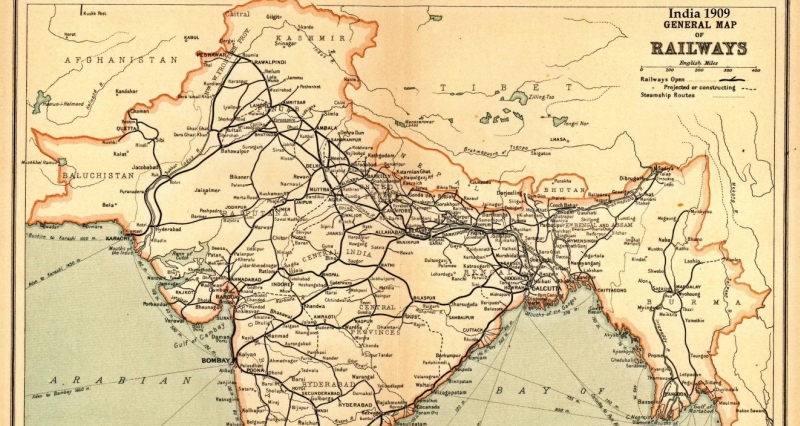
[dropcap]Those[/dropcap] two hundred years the British ruled India were also the most important years in world history, the period when the world was discovered, industrialized and transformed, the British driving this transformation, effects of which are still seen everywhere in the World today. It won’t be wrong to say that most of what we see today in modern India is the legacy of what the British left us: English, Cricket, the Constitution, the Bureaucracy, the Parliamentary system, the complex law structure, Civil Services, “Do the needful” and the fascination Indians have with white skin. Among these, the largest in material terms is of course, the Indian Railways. British influence is visible in the Indian Railways even today through operating laws, bureaucracy, paperwork and of course, speed. Instead of looking at the Railways as an entity of which everything is to be criticized because everyone has an opinion, I would like to look into the past for a while, the stories on how this giant organization came to be, the History of the Indian Railways.
How the Railways in India came to be.
The British created the Indian Railways. They envisioned it, planned it, engineered it and instructed poor Indian laborers how to build it. There is a common misconception that the British “gifted” India the Railways. Nothing could be more wrong. The British did not build the Railways out of love for India or seeing the need to “prosperify” vast masses of poor Indians. They couldn’t have cared less. In order to govern this huge, disconnected and diverse country efficiently, they needed stuff to be moved around the country quickly, like the mail of the Empire, materials, officials, laborers, troops and so on. During that time, the revolutionary new “Railway technology” in England was accelerating industrialization and development of the Kingdom. The British realized that an extensive railway network was exactly what they needed in India to consolidate their power, control the local population, reach into the hinterlands and exploit the country to the maximum. And this was what led to the beginning of the Indian Railways. Letting the local populace use the trains was just a generosity extended on their part. Yes, the British built their Indian empire not on the power of gunpowder, but on the power of steam.
The first rail lines were laid directed inland from major ports as those were the landing points for the British in the country. Later as lines extended further inland they were interconnected to form trunk-routes connecting major cities and towns. The British heartland lay in the Punjab, Delhi, the Northern Provinces (Present day UP-Bihar) and Bengal, all of which were also politically the most sensitive and required fast and easy access, the reason for the existence of the intricate and complicated rail network we see today in North India. The railways also entailed quick and easy transport of all the resources being shipped by the company, ranging from Timber, Cotton, Coal, Aluminum, Iron Ore, Tea, Rubber and Grains to Gold, Precious Stones, Wildlife and what not. Whenever a resourceful area was located, a railway line was built to connect that area to the nearest mainline to transport said resources. This explains the existence all the spurs on IR which end in the middle of nowhere. (Nilambur, Nanjangud, Bodinaikkannur, Tuticorin, Shimoga, Kolar, Ooty, Bellary, Anantpur and so on, stating the south).
The Beginnings of the Railways in India
As our textbooks say, the first commercial passenger train in India ran from Bombay “Boree Bunder” (later VT and today CST) to Thane on April 16th 1853, a 14 coach train hauled by 3 steam locomotives. But there were makeshift trains running before that in India as early as 1835. The first train was the Madras Redhill Railroad which was used to transport granite and other minerals somewhere around the present day Chintadripet in Chennai. Then there were railways laid for building the Godavari Dam and the Solani Aquaduct in Rourkee. Having decided to build a commercial rail network in India, the British-Indian government invited participation from private enterprise based out of England to build it and they were guaranteed 5% returns minimum. Several companies were incorporated, surveys were carried out extensively for viable routes and work on the line out of Bombay VT was started by the GIPR in 1852. Anyone could start a Railway company in India those days and build their own tracks to run trains for profit. These companies had no unified structure and used whatever type of gauge, type of equipment, rolling stock, classes of accommodation, fares and operational methods that suited them. So predictably it was a mess as there was no centralized control. Almost the entire early railway network in British India was built by the private sector until 1923 when the two largest companies were nationalized. Till then the government would take over profitable companies but then hand it back again for operations and so on.
The First Railway Lines in India and the Expansion
Between 1854 and 1899, several railway companies were incorporated and each began work on their own lines, pushing further and further inland from the coast. The biggest companies were GIPR (Great Indian Peninsular Railway) Bombay, EIR (East India Railway) Calcutta, MRC (Madras Railway Company) Madras, BB&CI (Bombay Baroda & Central India) Surat and others. EIR completed construction of the Calcutta – Delhi line via Allahabad in 1864 after 9 years of work and the first train rolled into Delhi Junction (DLI) the same year. But a regular train began running from Calcutta to Delhi only in 1866, was the precursor of today’s Howrah – Kalka Mail. BB&CI completed construction of a line from Ahmedabad to Bombay in 1867 and started a service from Virar to Bombay Backbay (present day Churchgate), probably marking the beginnings of what is today Mumbai’s most famous local train. By 1854, the very next year after the inaugural run, the Bombay – Thane line was doubled and extended up to Kalyan on the way to Igatpuri. But seemingly impossible Ghats obstructed the easy construction of a line out of Mumbai, and it took GIPR 10 years to finish the line across the Thal (Thull) Ghat section to reach Igatpuri. By 1870, that line had extended to Jabalpur via Manmad and Itarsi, where it met EIR’s Allahabad – Jabalpur branch line, completing the Bombay – Calcutta line. Meanwhile, GIPR was also hard at work trying to cross the Khandala (Bhore) Ghat to reach Pune from Mumbai.
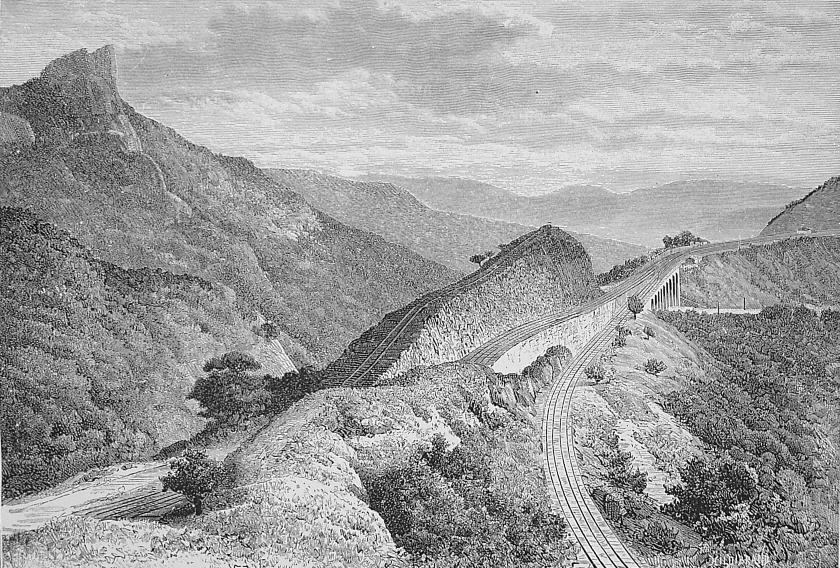
Picture Courtesy: Old Photos Bombay
In the South, the first line was laid from Royapuram in Chennai to present day Walajah Road (Arcot) by the Madras Railway Company, on which a train ran on July 1, 1856. The second railway line in South India ran from Beypur port (now defunct) to Tirur in North Kerala (Malabar) on March 16, 1861 and was built by the Great South Indian Railway (GSIR). The Madras Railway Company extended their lines across the Madras Presidency in all directions from Chennai and it reached Bangalore via Jolarpet in 1864. A regular service started running in 1864 between Madras and Bangalore Cantonment in 1864 and was called the Bangalore Mail. The train still runs today under the same name and roughly the same timings, making it probably the first regular named train service in India. MRC later would extend its line to Erode and Coimbatore from Jolapet. They were also extending northwards and by 1871 MRC had completed laying a line across the scorching plains of Andhra/Telangana from Madras to Raichur via Arakkonam, Renigunta, Kadapa and Guntakal. GIPR had overcome their troubles laying lines over the Khandala Ghat by then and their line had also reached Raichur via Pune, Daund, Wadi and Gulbarga. Both these lines connected at Raichur in 1862 completing the Bombay – Madras link, hence connecting the South to the North for the first time and “unifying” the country.
There was no looking back after that. Railway lines snaked across all over India at incredible speed and by 1900, undivided India had a whopping 24,000 km of Railway Track and more than 50 scheduled services. The British Government and princely states pitched in with their own networks. The Maharaja of Cochin sold his valuables to build and complete the 58 km Ernakulam – Shoranur line in 1902. The Nawab of Hyderabad built the Hyderabad – Raichur line with funds out of his own pocket. As India’s Railways grew more and more problems started arising due to the large number of railway companies and absence of unified command. The government started nationalizing the network and 1940 it had taken over almost all companies. By the time of independence in 1947, India had 53,000 km of railway track route, a veritable colossus built up on the power of steam, carrying 680 million passengers annually, connecting every part of the country and giving the people a common consciousness of “Indianness” for the first time since the Gupta Empire.
Some old photos of trains and railways in India from 1860 to 1900
The British Era Railways and the Indian Public
There were apprehensions by the English that the Railways in India would not earn as Indians were expected not take the trains out of superstition, caste-prejudice, untouchability, gender segregation etc, but they were proved wrong right from the beginning. The railways captured the fascination of the Indian public who took to the trains with full force. People started liking this new form of transport, faster than what they had ever experienced, allowing them to expand their horizons and visit faraway places they had never seen in their life in just some hours or days, leading them out of the darkness they had been living through generations. Indians piled upon all trains going anywhere to escape poverty and/or oppression, migrate to the cities and even abroad, visit relatives, on pilgrimage or just to go out and see places. Most trains were overcrowded in cattle class with people on the roofs, hanging off the windows and sides of railway carriages. Overcrowding was as much of a problem as it is today, so much so that Double Decker coaches were introduced as far back as 1862 on a Bombay – Surat train, the one which would become today’s Flying Ranee which incredibly still has double-decker coaches today!
However, the railways existed to serve British interests and not the Indian population. Other than some very very wealthy and distinguished ones, Indians were mostly not allowed on First and Second classes and were relegated to Third and Fourth classes, the real and original “Cattle Class”. There is a lot of “Romance” and other such rosy feelings associated with the British-Raj era railways as we know from the accounts of many writers, historians and other such folk who were of course all British. All said and done, blindly gorging on those would be a gross injustice we do to our ancestors, real Indians who lived and died in this country. The Railways were their toil, their blood and sweat, their creation, of all those undocumented and unknown people, whose lives and plights no one recorded. Like the hundreds of thousands who lived and died during those ages, they were easily forgotten by history because the Railways were always meant make the life of their British overlords easier.
Next: How Trains were run during the Raj, including accommodation types, rolling stock etc


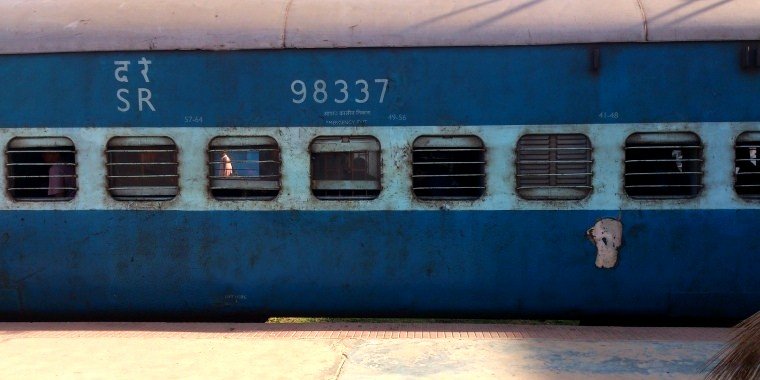
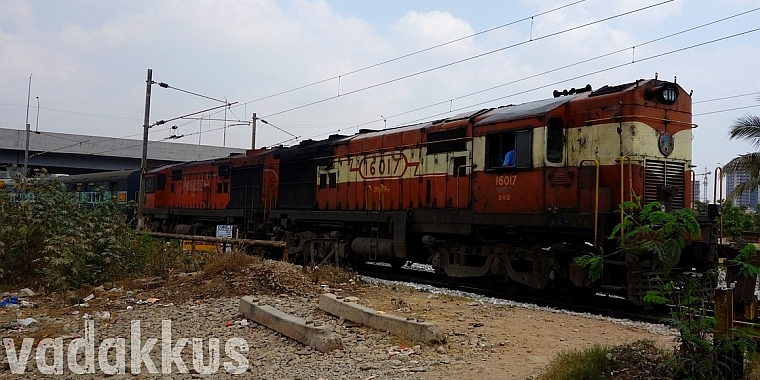
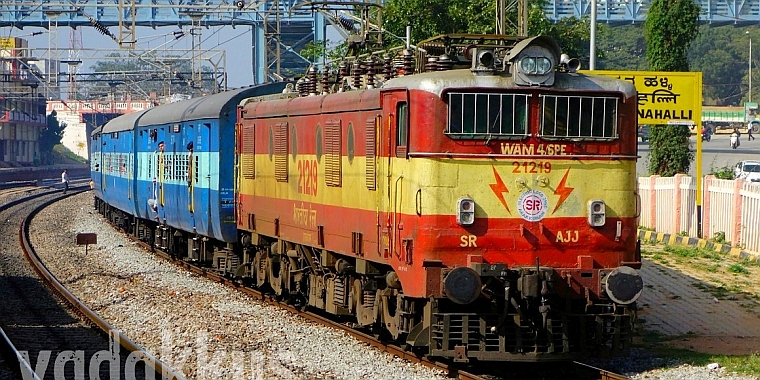
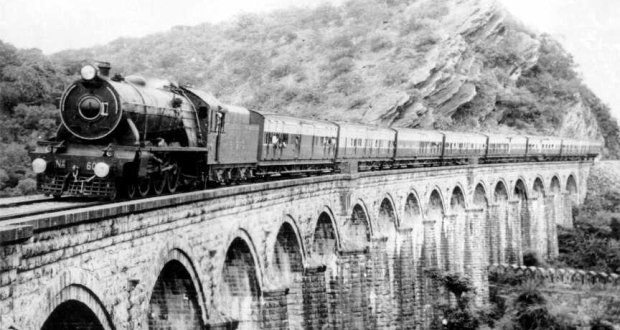
Sir one nitpick in your article, the British did not rule us for 400 years. since the establishment of british rule in 1757 to independence in 1947, it comes to around 200 years.
Sir one nitpick in your article, the British did not rule us for 400 years. since the establishment of british rule in 1757 to independence in 1947, it comes to around 200 years.